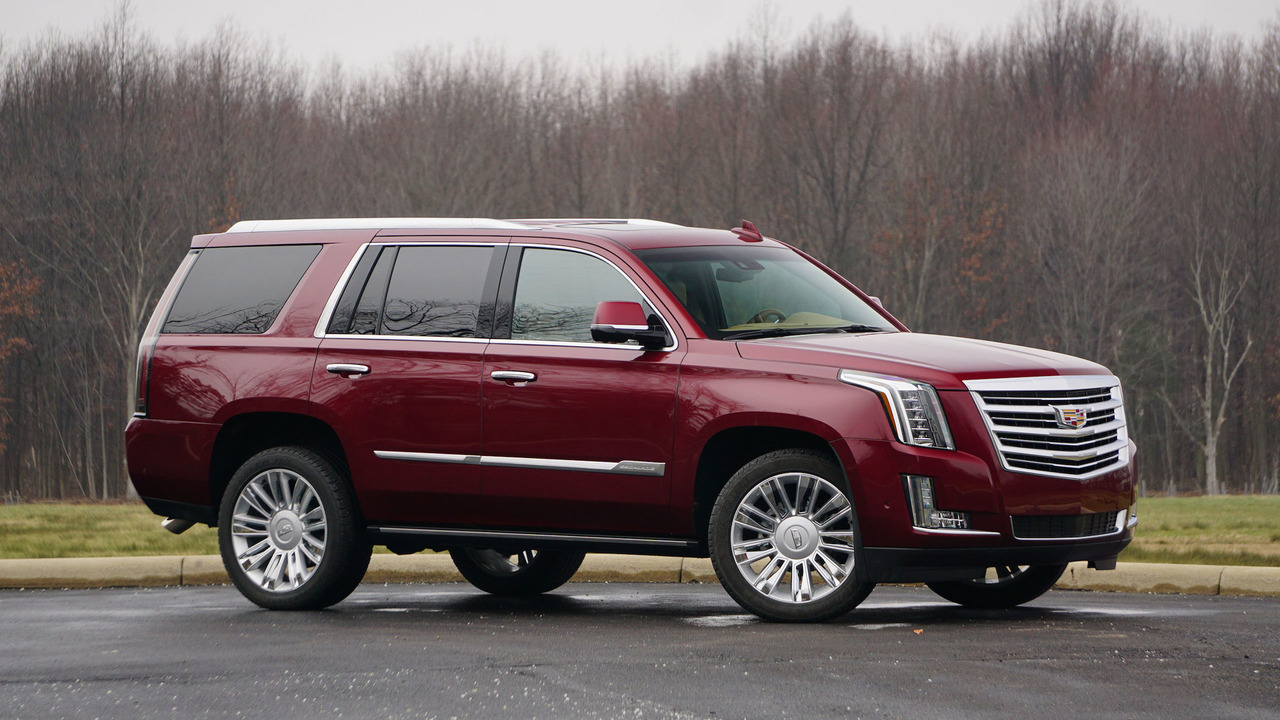Do BMW Acronyms And Terms Confuse You? We Help You To Demystify Them!

We all know that BMW is a popular brand of car. Wherever you go in the world, you know that you’ll always see one of their models getting driven by someone.
These days BMW build cars to attract various motorists. From convertibles to SUVs, there’s bound to be a model out there that fits one’s needs. When it comes to buying a BMW, there is often a lot of confusion. Why? Because the car maker is too fond of its acronyms and marketing speak!

In today’s blog post, I will help you demystify the world of BMW’s acronyms and terms. Here is what you need to know:
“E” and “F” model code names
Car manufacturers often use internal codes to refer to particular models. In BMW’s case, they use “E” and “F” code names. But, what do they mean?
Well, the “E” stands for Entwicklung – the German word for development. For example, E30 refers to the second-generation 3 Series models. As you can imagine, telling someone you once owned an E30 is quicker and easier to say than the alternative!
It got to a point where BMW were running out of numbers, so they moved up to “F” sequence code names. No-one knows what “F” means, other than it’s the next letter up in the alphabet.
What about “M”?
The “M” in some models refers to Motorsport. An M model is a sporty, sometimes high-performance version of certain cars. For example, the BMW M3 is a powerful version of the standard 3 Series vehicles.
You might come across some cars that are “M Sport” models. These use the same engines as other series models but have sports styling and interiors.
For example, at Eastern Western new BMW cars with an “M” are the sporty versions of standard models. They also tend to cost more, so bear that in mind next time you’re at a BMW dealer!
TwinPower
Read up on any BMW (or Mini) car and it’s likely it will have a “TwinPower” engine. But, what does that mean and how does it affect the car?
In a nutshell, the engine has one or more turbochargers bolted onto it. The “Twin” bit means the turbos are twin-scroll. In essence, it’s like having two turbochargers in one unit. Instead of the turbo connected to just one exhaust pipe, it’s linked up with two.





